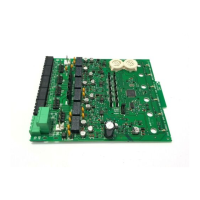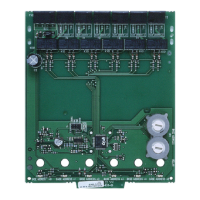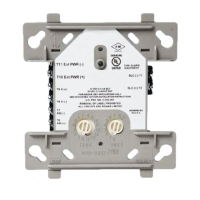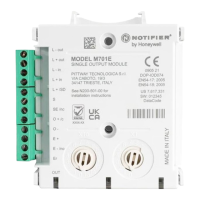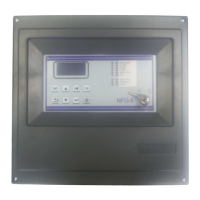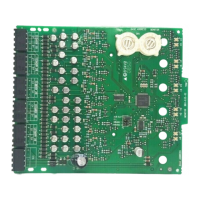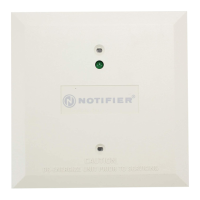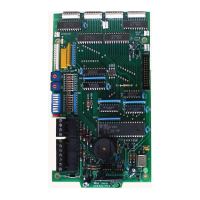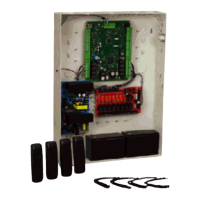90 SCS Series Manual — P/N 15712:L 7/18/16
The SCS⁄SCE Building-Specific Operation and Programming Examples
The next step is to categorize all protocol points as needed, unneeded, or unused, as discussed in Section 2.4.2. Using the bottom portion of
worksheet 2 as a guide, our example for the SCS at address 5 would look like the following:
For AM2020/AFP1010 only: After categorizing all protocol points, the software type IDs can be selected as discussed in Section 2.4.2. All
protocol points that are needed get assigned software type IDs from Table 3.13. All protocol points that are unneeded do not get a software
type ID and do not get programmed into FACP memory. All unused protocol points get assigned the software type ID ACON. This informa-
tion should be filled out on worksheet 2.
Installation
At this point, all the preliminary design work is complete. The next step is to install all control modules and monitor modules on the required
devices, as shown in Section 5 “Ratings and Wiring Diagrams”, and install the SCS⁄SCE pairs as described in Section 3.5 “Cabinet and
Chassis Mounting”. Once the installation of all fans, dampers, control modules, monitor modules, SCSs, and SCEs is complete, the FACP
requires additional programming for smoke control.
Programming (AM2020/AFP1010 Example)
Programming SCS annunciator addresses, linking annunciator points with control or monitor modules, assigning control and monitor Type
IDs, and creating control-by-event equations to obtain desired fan and damper activity, are the steps required to complete the smoke control
setup. Refer to Programming in Section 2.4 for descriptions of the various programming processes. Following is a step-by-step description of
AM2020/AFP1010 programming for this example.
The first step to programming the FACP for smoke control is to define each SCS address in FACP memory. Refer to Section 2.4.1, EIA-485
Device Addressing, for instructions on how this is accomplished. SCS addresses 5, 6, and 7 would need to be entered for this example.
The next step is to program all EIA-485 protocol points, including software type IDs. By referencing the worksheets, all the information nec-
essary is close at hand.
Point Assignments: classification type ID Point Assignments: classification type ID
1(CON
ON⁄OP
) needed __________ 17 (CON
ON⁄OP
) unused __________
2(CON
OFF⁄CL
) unneeded __________ 18 (CON
OFF⁄CL
) unused __________
3 (VER
ON⁄OP
) needed __________ 19 (VER
ON⁄OP
) unused __________
4 (VER
OFF⁄CL
) unneeded __________ 20 (VER
OFF⁄CL
) unused __________
5(CON
ON⁄OP
) needed __________ 21 (CON
ON⁄OP
) unused __________
6(CON
OFF⁄CL
) unneeded __________ 22 (CON
OFF⁄CL
) unused __________
7 (VER
ON⁄OP
) needed __________ 23 (VER
ON⁄OP
) unused __________
8 (VER
OFF⁄CL
) unneeded __________ 24 (VER
OFF⁄CL
) unused __________
9(CON
ON⁄OP
) needed __________ 25 (CON
ON⁄OP
) unused __________
10 (CON
OFF⁄CL
) unneeded __________ 26 (CON
OFF⁄CL
) unused __________
11 (VER
ON⁄OP
) needed __________ 27 (VER
ON⁄OP
) unused __________
12 (VER
OFF⁄CL
) unneeded __________ 28 (VER
OFF⁄CL
) unused __________
13 (CON
ON⁄OP
) needed __________ 29 (CON
ON⁄OP
) unused __________
14 (CON
OFF⁄CL
) unneeded __________ 30 (CON
OFF⁄CL
) unused __________
15 (VER
ON⁄OP
) needed __________ 31 (VER
ON⁄OP
) unused __________
16 (VER
OFF⁄CL
) unneeded __________ 32 (VER
OFF⁄CL
) unused __________
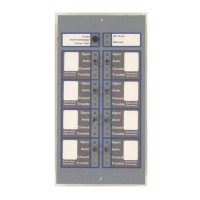
